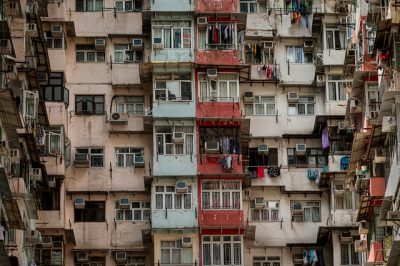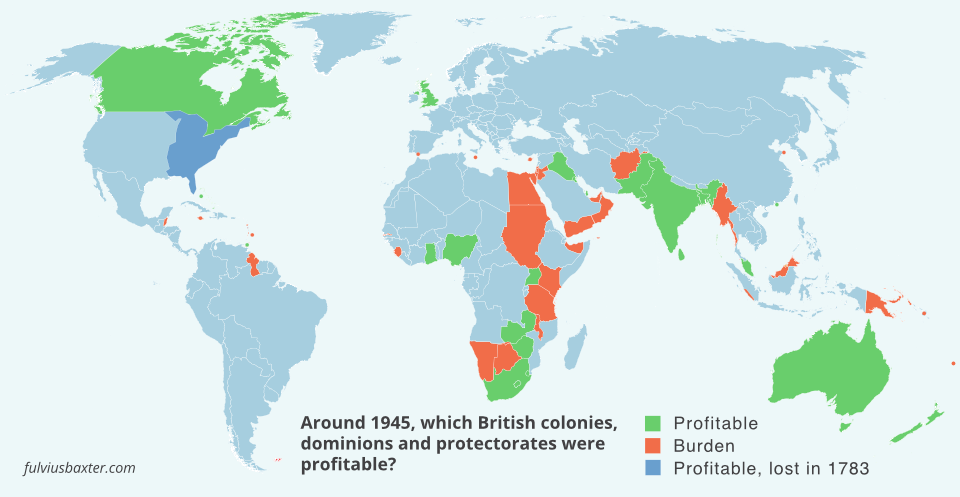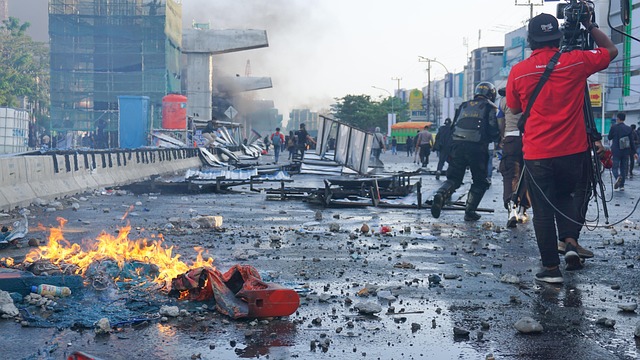 Since the year 2000, over 1.5 million migrants have arrived in Sweden. Most have arrived as refugees or family members. Although few of them meet the UN refugee criteria. They have been welcomed into the country, initially supported by taxpayers, but also for a long time afterwards, as many find it difficult to enter the labour market. A large number end up in lifelong exclusion.
Since the year 2000, over 1.5 million migrants have arrived in Sweden. Most have arrived as refugees or family members. Although few of them meet the UN refugee criteria. They have been welcomed into the country, initially supported by taxpayers, but also for a long time afterwards, as many find it difficult to enter the labour market. A large number end up in lifelong exclusion.
Whatever our views on large-scale migration, we should nevertheless consider the economics and infrastructure underpinning such a policy. 1.5 million new residents is a substantial increase for a country of just under 9 million in 2000. It is about a 17 per cent increase. As many people as a new Stockholm.
There has not been as much investment in healthcare, schools, education, housing and infrastructure. Sweden is probably still optimised for about 8.5 million inhabitants. It is as if all these new people are not going to stay, that they are only here temporarily.
But at the same time there is talk of integration, that the newcomers should adapt to the Swedish system, which of course becomes increasingly difficult as contact with the majority population becomes less and less. Large ethnic enclaves are emerging around city centres, where migrants can live their lives with their language and culture, together with their fellow countrymen.
And I personally don’t think you can realistically demand integration or assimilation of immigrants, it is very difficult and can take several generations. Especially if the immigrants have a distant and different culture. And we know this from the US, where after centuries of melting pots, we still have separate ethnic areas.
So what is the point of Swedish migration policy? Are working and tax-paying Swedes going to be the sole payers of this great experiment, or whatever it is? If only there had been a limited number of real refugees according to the UN’s quota refugee model, but that is not the case. Many are here under strange conditions with discarded passports and fictitious identities, from countries where there is no war, unrest or persecution.
We note that there is currently peace in much of the Middle East and Africa. The wars are over in Iraq, Afghanistan and even Syria is stable. And living standards in many of these countries have risen dramatically over decades.
Yet migrants continue to flood into Europe and Sweden. We are living in a modern era of mass migration, with many from the South seeking happiness in the North. What if that happiness is to live on social welfare, on money someone else has earned? In a country where the infrastructure is collapsing and cannot keep up with population growth?
What happens when the subsidy tap is turned off? It will happen sooner or later; we are only one financial crisis or recession away from such a scenario. A healthy society does not invite people in at taxpayers’ expense. And that’s not even counting the increased violence, crime and cultural clashes in the wake of migration. This is actually what citizens are most worried about.
Of course, there are people who believe that there is a malicious intent or dark plan behind the strange mass migration policy. And I don’t think that’s so strange. Would sensible elected politicians carry out such an exchange of people at taxpayers’ expense? For what benefit, for what purpose? And then, of course, the so-called conspiracy theories spread online, many of which have turned out to be true. The vaccine was not harmless, it probably came from a Western-funded lab in China, and Hunter Biden are part of a corruption scandal that could implicate his father. Perhaps there is a dog buried underneath the Swedish migration policy? Experience tells us that it is not impossible.
The well-ordered Western world has been transformed into a dull fever dream, where nothing is true anymore, and the media is mostly an entertaining leveller and propaganda channel. And the politicians are incompetent puppets, guided by whims, international alliances or malicious shadowy figures behind the scenes.
Hold on to your hat, it could be a bumpy ride.







